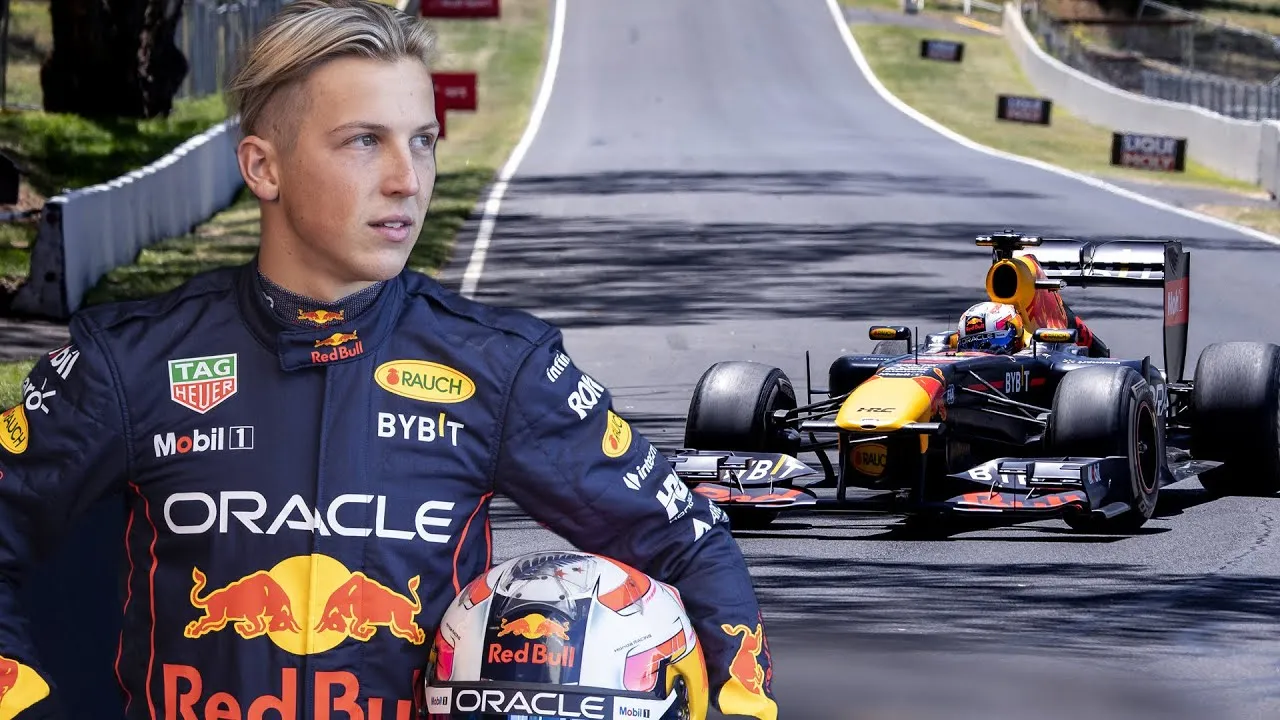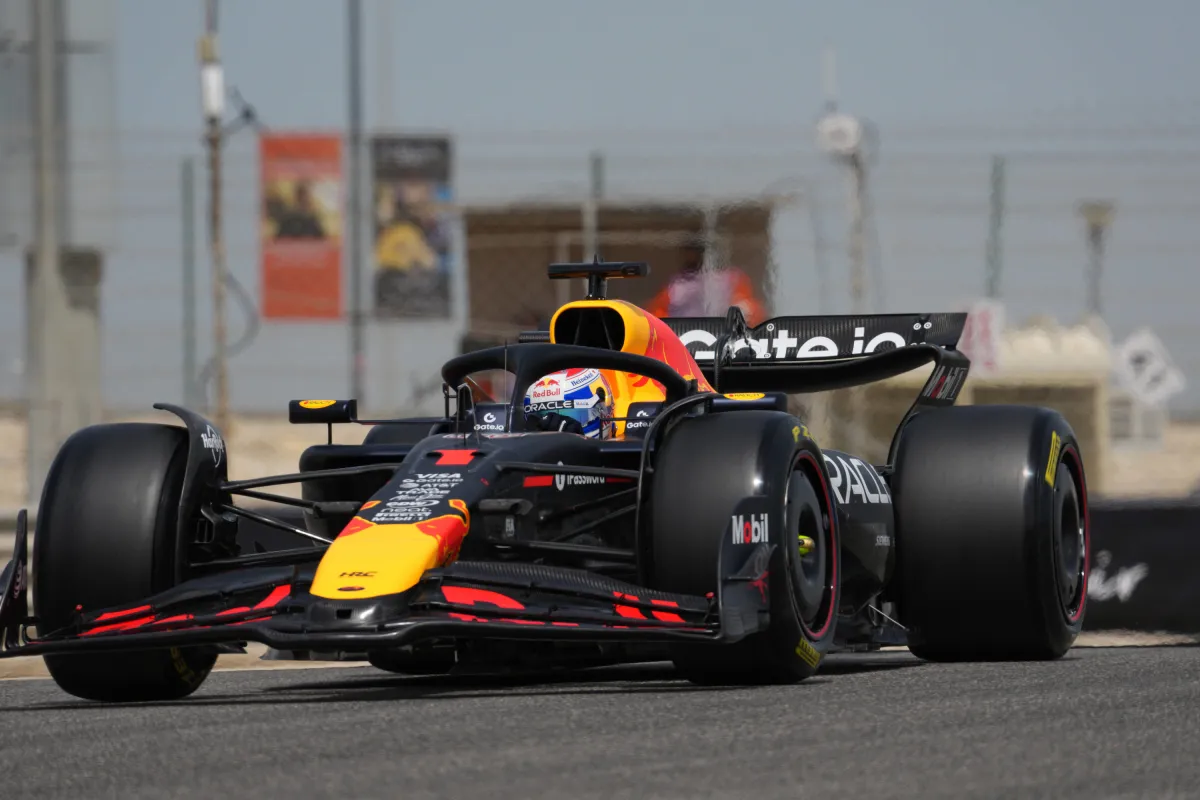Just two races into the 2025 Formula 1 season, Red Bull has made a jaw-dropping driver swap, promoting Yuki Tsunoda to the main team while demoting Liam Lawson back to Racing Bulls. Known for their ruthless decision-making, Red Bull’s move after such a short timeframe has raised eyebrows even by their standards. Following a high-stakes meeting in Dubai with team principal Christian Horner, advisor Helmut Marko, and Thai shareholders, the team justified the switch as a strategic necessity. Here are the five key factors driving this dramatic shake-up.
1. Lawson’s Data Showed No Quick Fix
Red Bull’s decision hinged heavily on performance data from the season’s opening races in Australia and China. As Horner told Autosport in Shanghai, “We have a ton of data from the first two races, and we’ll be looking at it in the coming days.” When pressed on waiting for tracks like Suzuka or Bahrain—circuits Lawson knows well—Horner dismissed the idea, noting modern drivers adapt fast. The implication? Lawson’s numbers didn’t promise rapid improvement.

Despite starting from the pitlane in China, Lawson failed to score points, finishing a dismal 18th. Red Bull saw no upward trend in his performance, and with the 2026 car development looming, they couldn’t afford to wait. Lawson himself admitted, “I just need more time in the car, but I know I don’t have it.” Marko’s blunt response—“He’s right”—sealed his fate.
2. Honda’s Backroom Influence
Yuki Tsunoda’s promotion wasn’t just about talent; it was a financial and political play. Honda, Red Bull’s engine partner, reportedly injected €10 million into the deal, offsetting costs from Sergio Perez’s costly 2024 exit. With Tsunoda’s Japanese roots, his elevation aligns perfectly with Honda’s interests, especially as their Red Bull partnership winds down in 2025 ahead of a move to Aston Martin. Placing a Japanese driver in the top team is a symbolic farewell to the Red Bull-Honda era—and a lucrative one, too.
3. Tsunoda’s Proven Consistency
Tsunoda earned this shot through sheer merit. Once labeled a hothead, the 24-year-old has matured significantly since his early days. After Pierre Gasly left for Alpine, Tsunoda stepped up at Racing Bulls, outshining Nyck de Vries and Daniel Ricciardo in 2024. His consistency carried into 2025, catching Marko’s eye. “Yuki is in top form,” Marko said in Shanghai, adding, “This Yuki is different from the one we’ve seen before.” Four months ago, Red Bull overlooked Tsunoda for Lawson, but his steady progress and technical feedback have now tipped the scales.
4. Protecting Lawson’s Long-Term Value
Horner’s cryptic comment—“We have a responsibility to Liam, and we’ll look at what’s best for him”—hints at a deeper strategy. Rather than letting Lawson flounder alongside Max Verstappen in a notoriously tricky Red Bull car, the team pulled him out of the pressure cooker. A prolonged struggle could have shattered his confidence, whereas Tsunoda, with a less certain future post-2025 due to Honda’s exit, is a lower-risk gamble. If Tsunoda falters, Red Bull can move on without much loss, while Lawson can rebuild at Racing Bulls. Verstappen even backed this logic, saying in China, “Give Liam the Racing Bulls car, and he’d be quicker.”
5. Red Bull’s High-Stakes Urgency
The swap reflects Red Bull’s desperation to stay competitive in 2025. Horner’s press release emphasized dual goals: retaining the drivers’ championship and reclaiming the constructors’ title. With upgrades critical for 2026, the team can’t afford wasted races from their second driver. Lawson’s early struggles—18th in Australia and last in China qualifying—highlighted a gap they couldn’t ignore. Swapping in Tsunoda was a “do something” move, born from pressure to keep pace with rivals. Yet, as Verstappen’s dominance masks deeper car issues, the real fix may lie in engineering, not driver changes.
What This Means for F1 2025
Red Bull’s bold call has sparked debate. Will Tsunoda’s promotion pay off, or is it a short-term fix for a bigger problem? For Lawson, the demotion stings, but it’s not the end—Racing Bulls offers a chance to regroup. Meanwhile, Honda’s influence and Red Bull’s urgency underscore the high stakes of F1’s political and performance landscape. As the season unfolds, this driver swap could either be a masterstroke or a misstep—either way, it’s a storyline fans won’t forget. Stay tuned for the Japanese Grand Prix, where Tsunoda’s Red Bull debut will face its first test.

 Tiger celebrates daughter Sam’s Florida soccer state championship win!
Tiger celebrates daughter Sam’s Florida soccer state championship win!



 Chaos at the Miami Open! Alex de Minaur sparks massive controversy by unexpectedly bringing up Sinner while mocking Carlos and Djokovic with a provocative gesture during practice ahead of a crucial match!
Chaos at the Miami Open! Alex de Minaur sparks massive controversy by unexpectedly bringing up Sinner while mocking Carlos and Djokovic with a provocative gesture during practice ahead of a crucial match!
 Drama at Miami Open! Iga Świątek furiously demands the tournament CEO to suspend Aryna Sabalenka after a shocking practice court incident: “She dared to shove my face into that scary spot!” – Tennis world in turmoil!
Drama at Miami Open! Iga Świątek furiously demands the tournament CEO to suspend Aryna Sabalenka after a shocking practice court incident: “She dared to shove my face into that scary spot!” – Tennis world in turmoil!